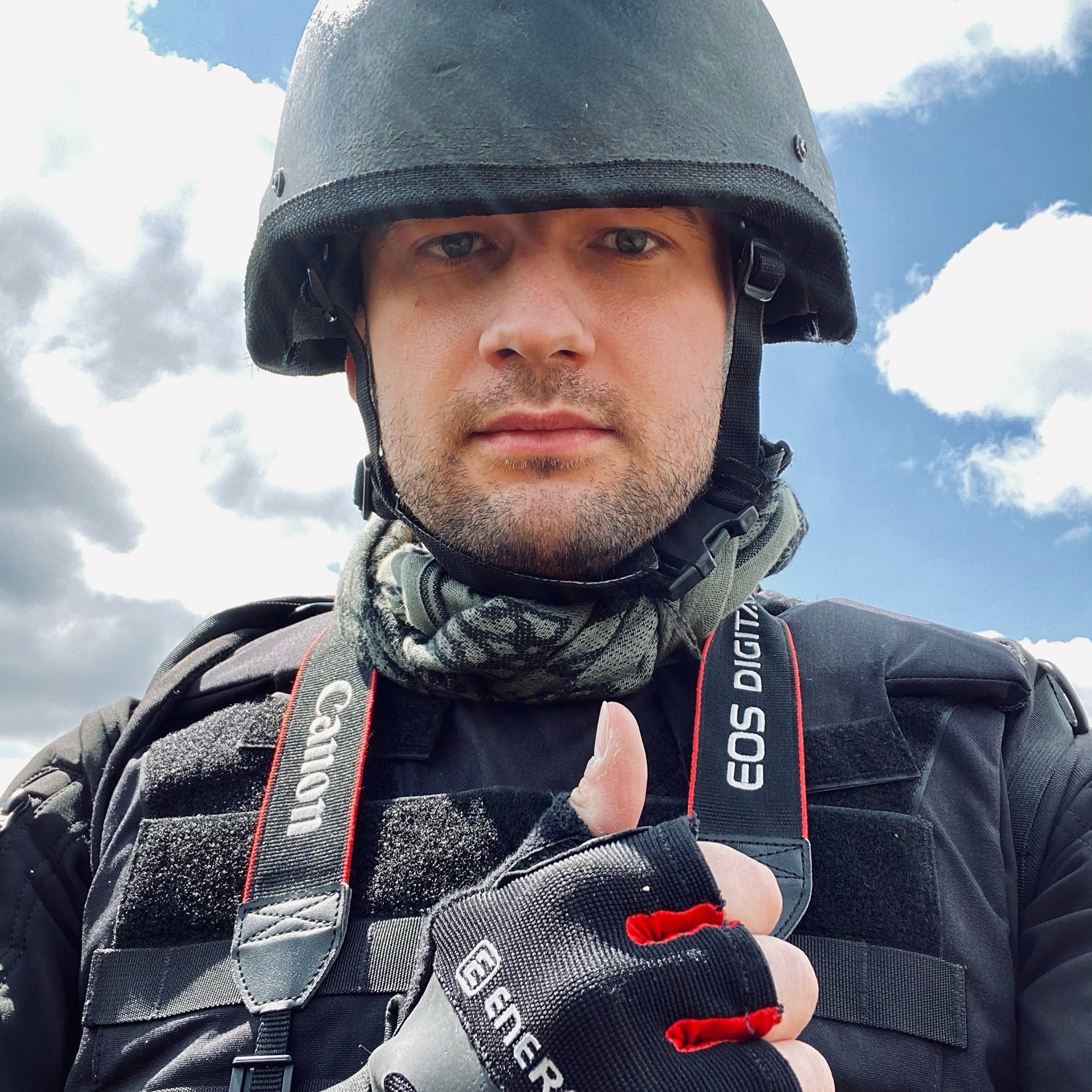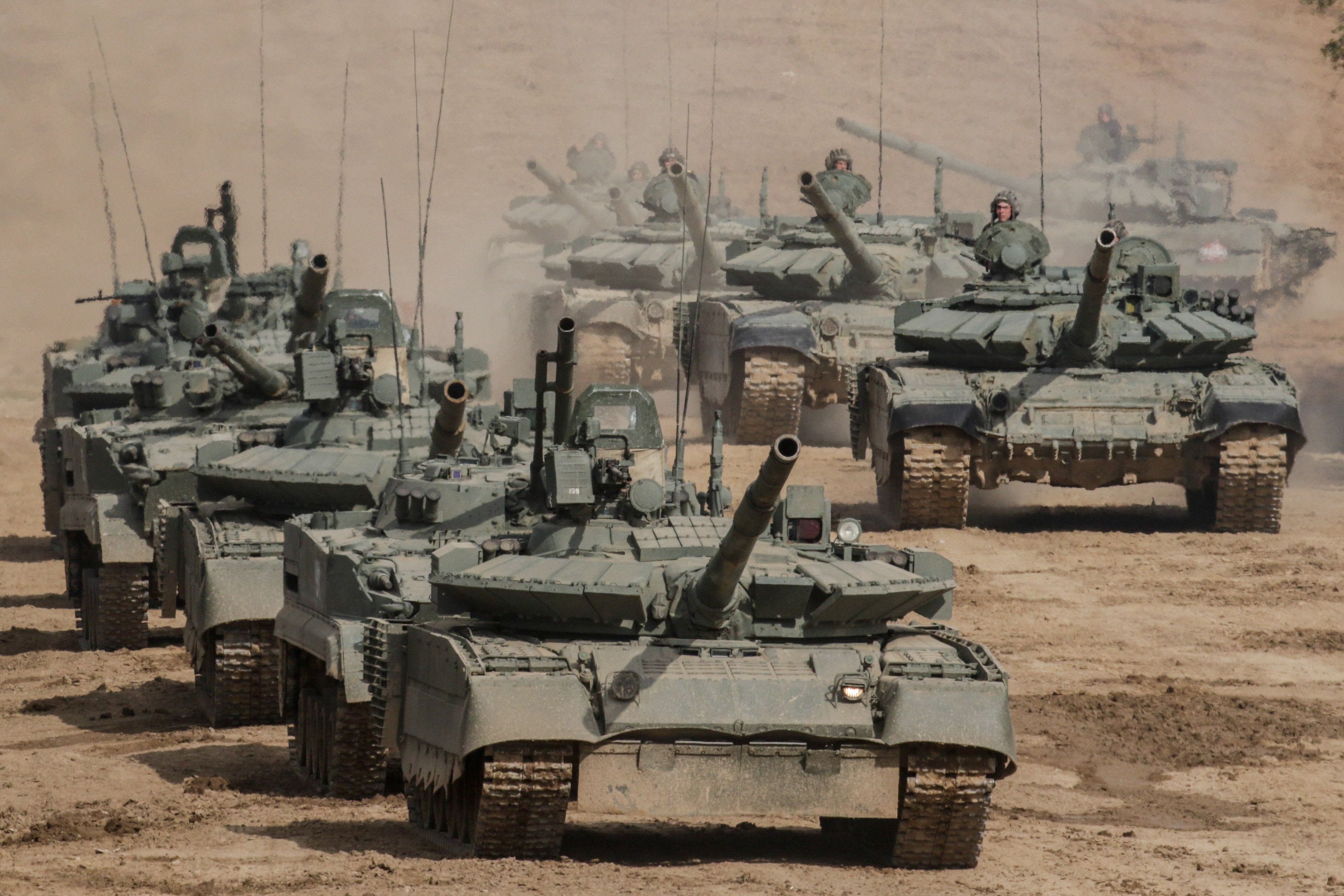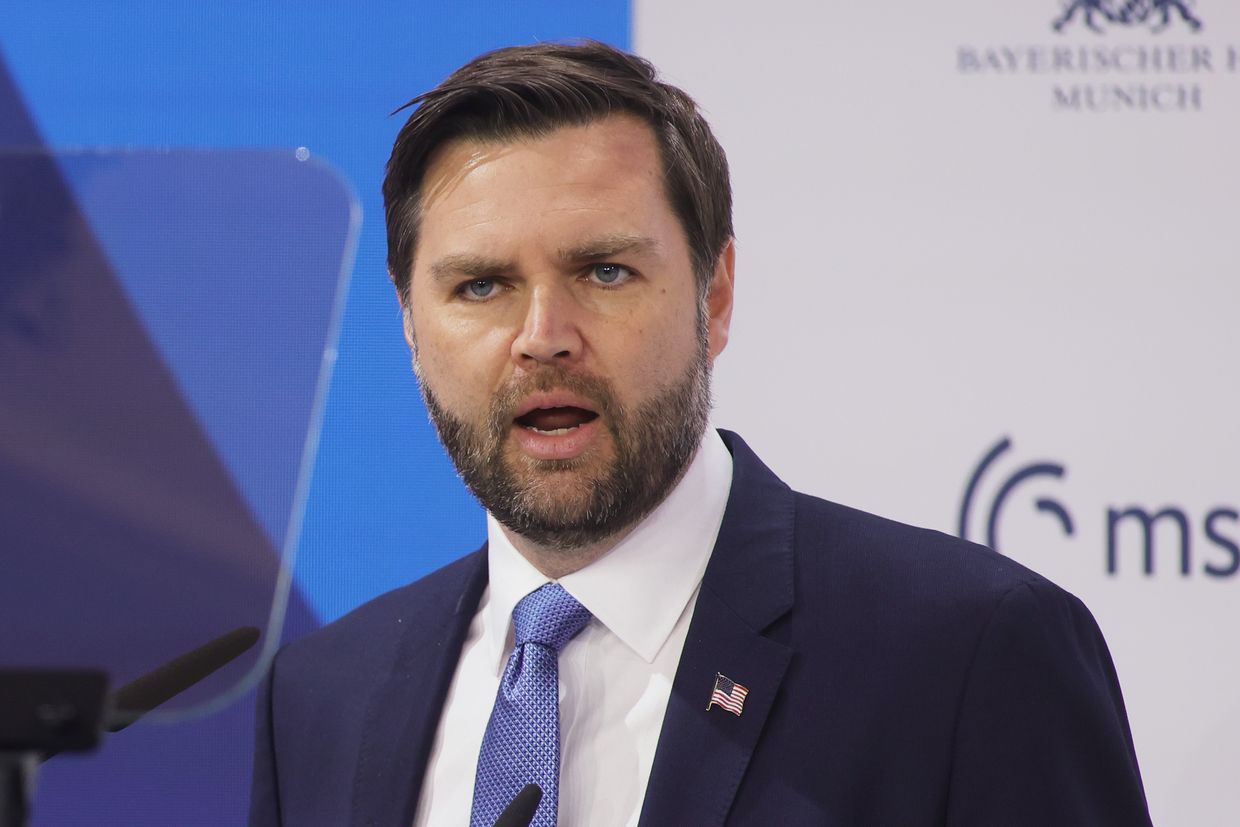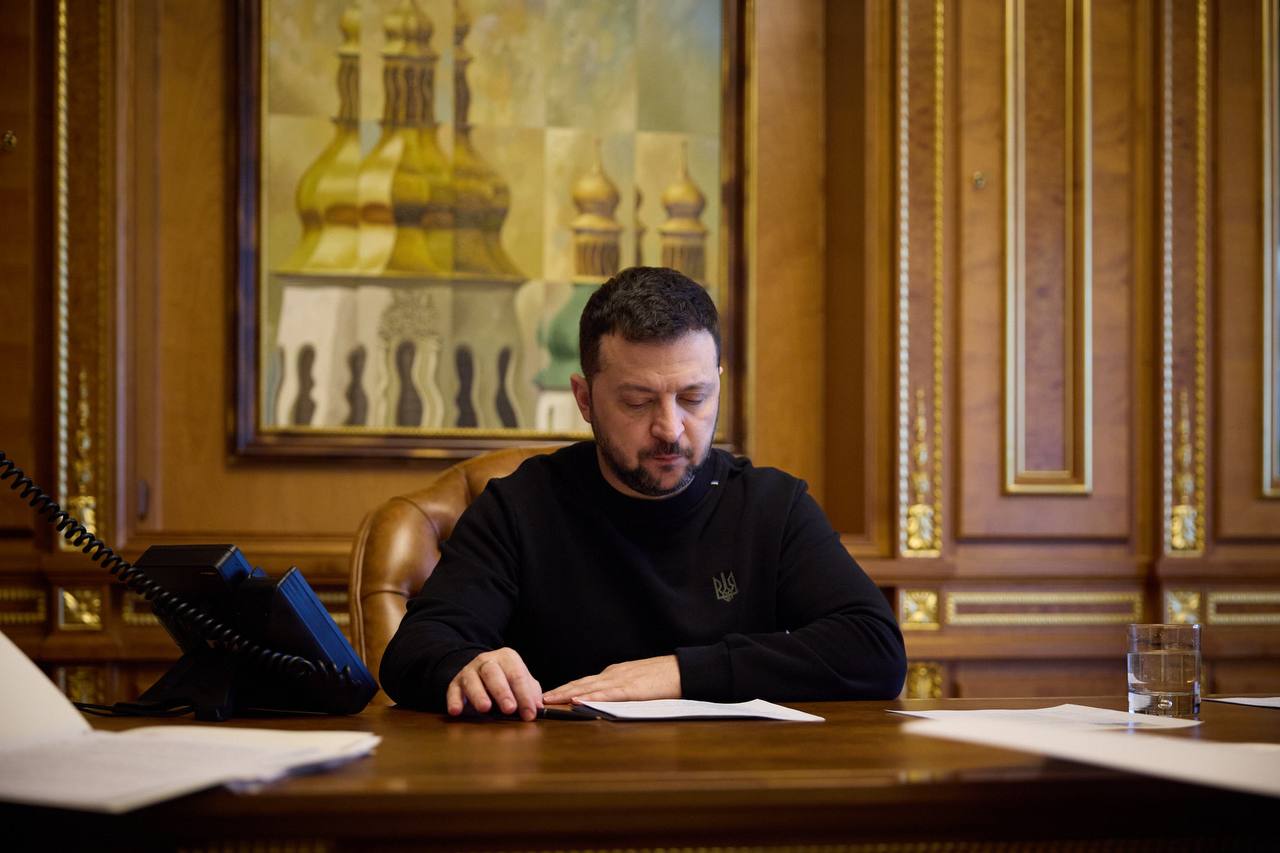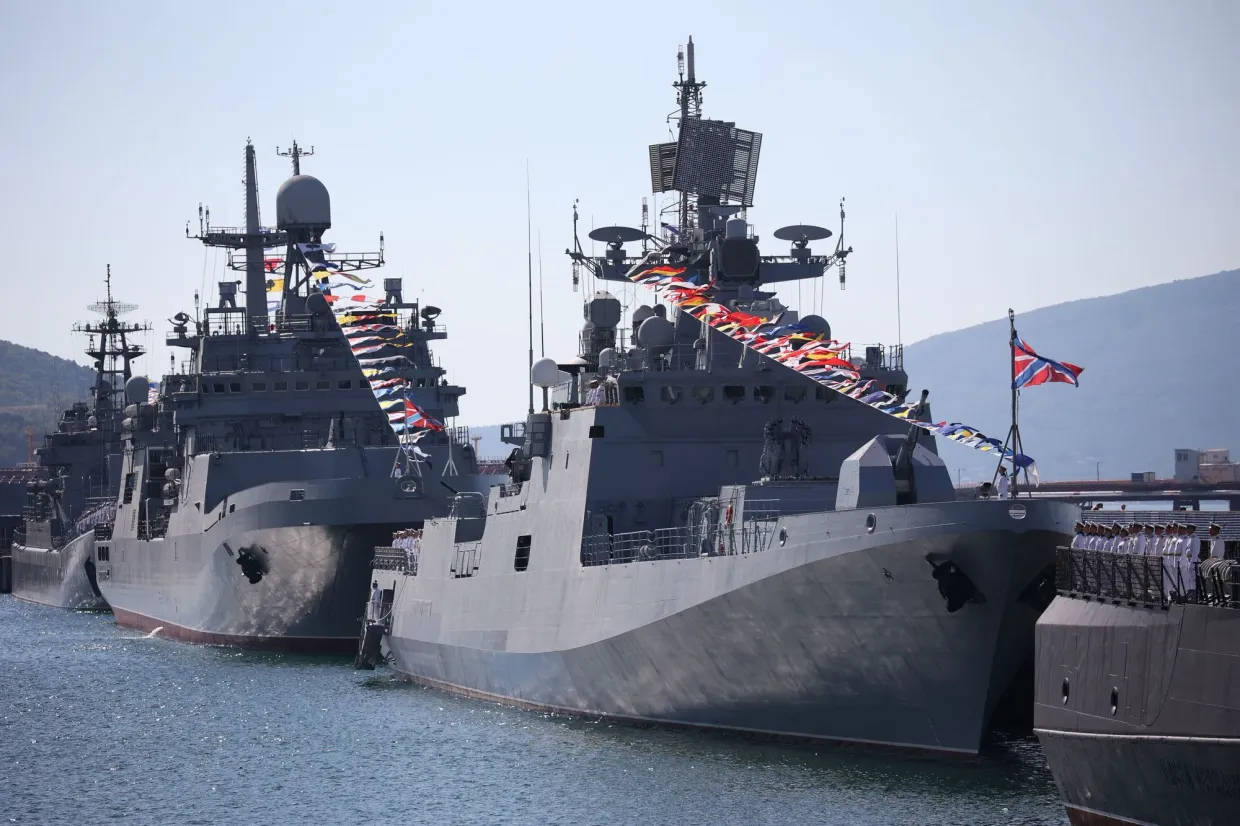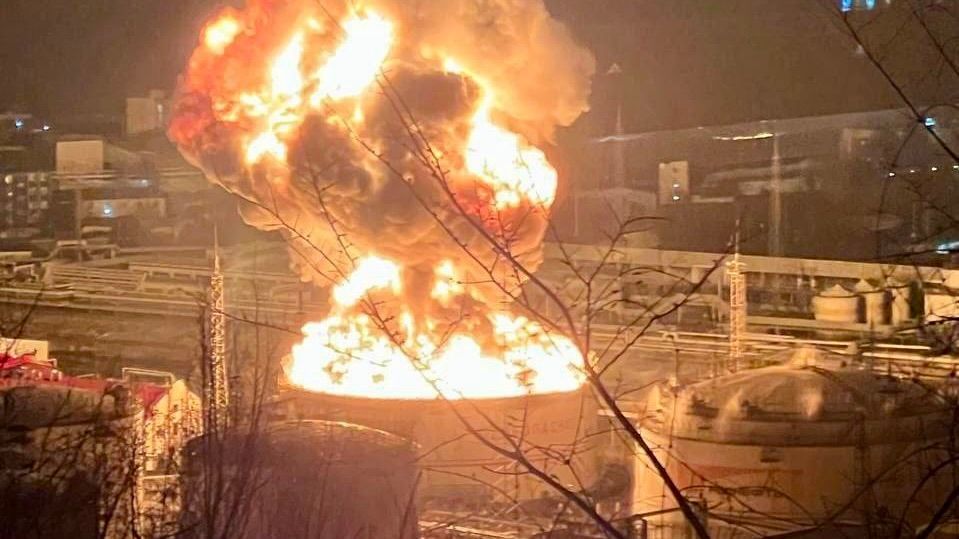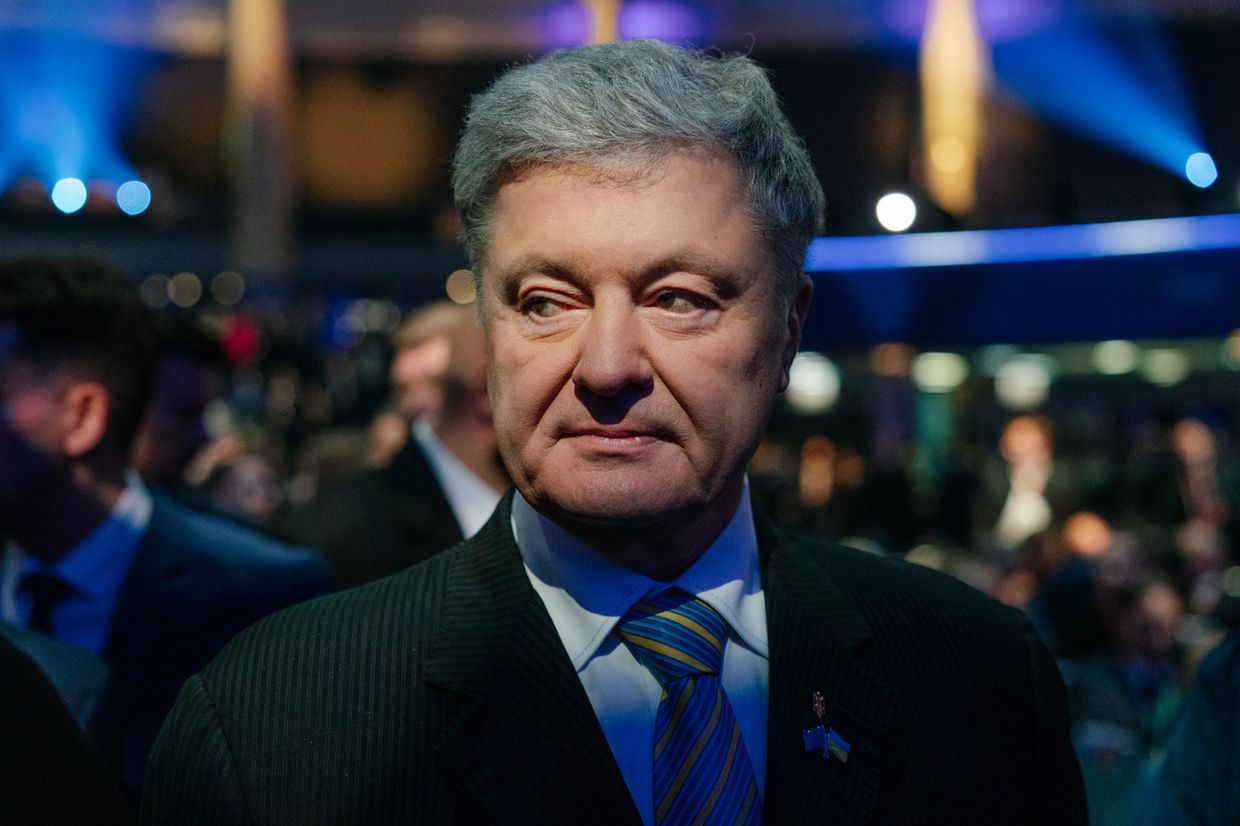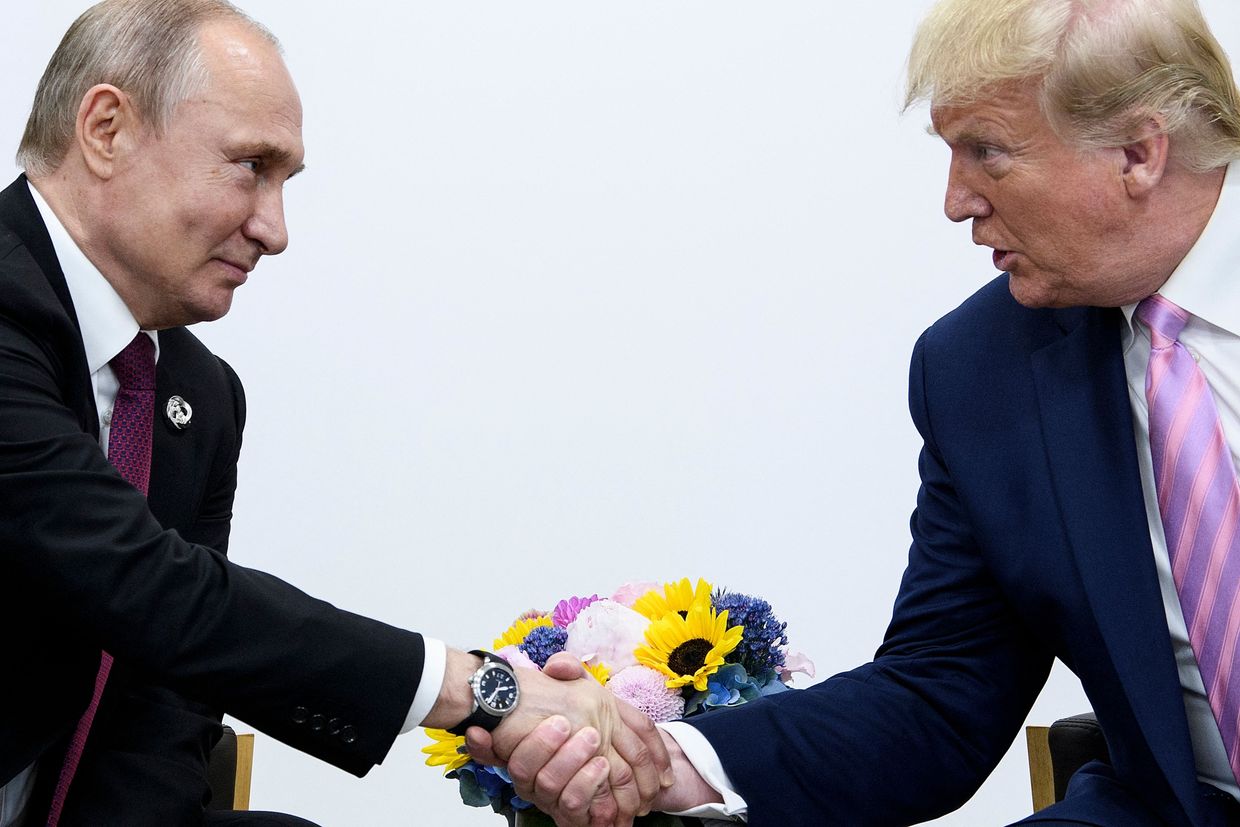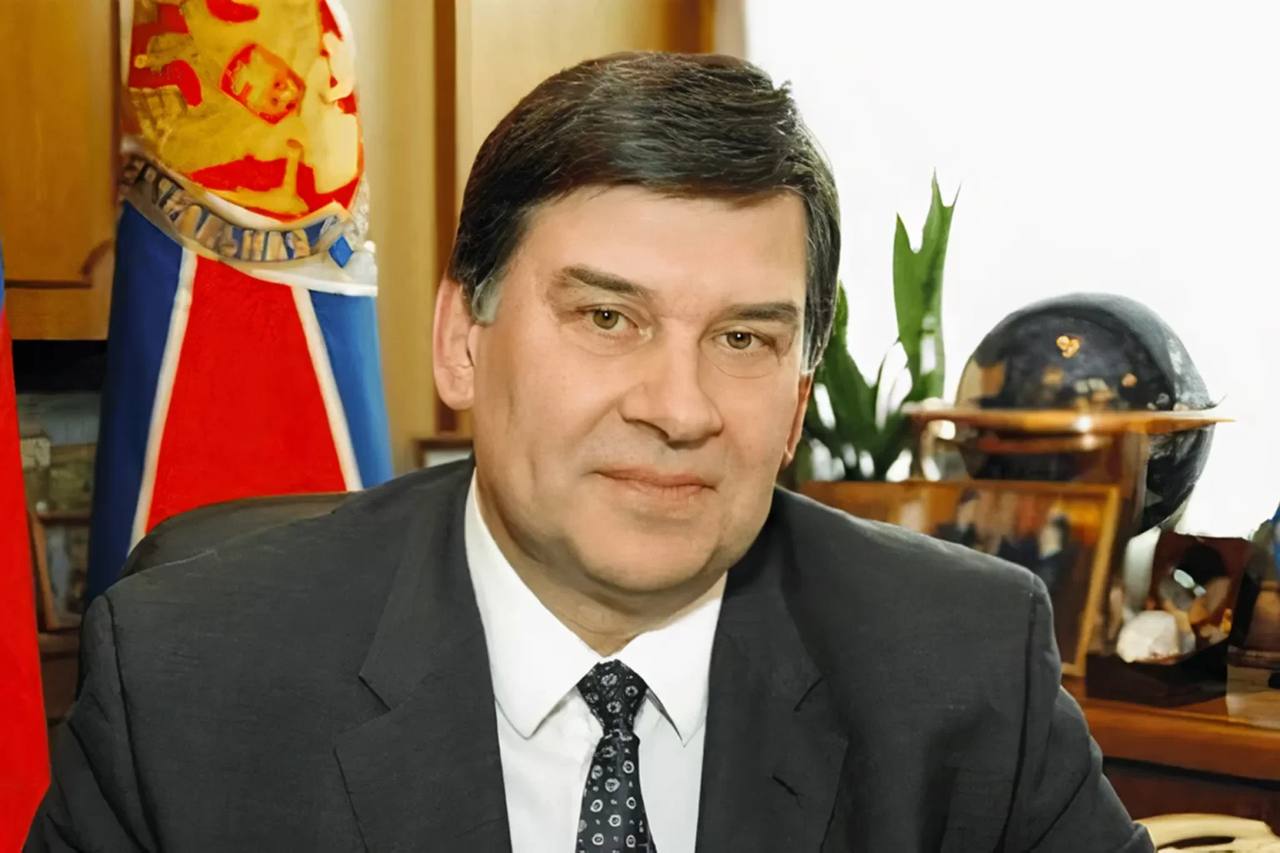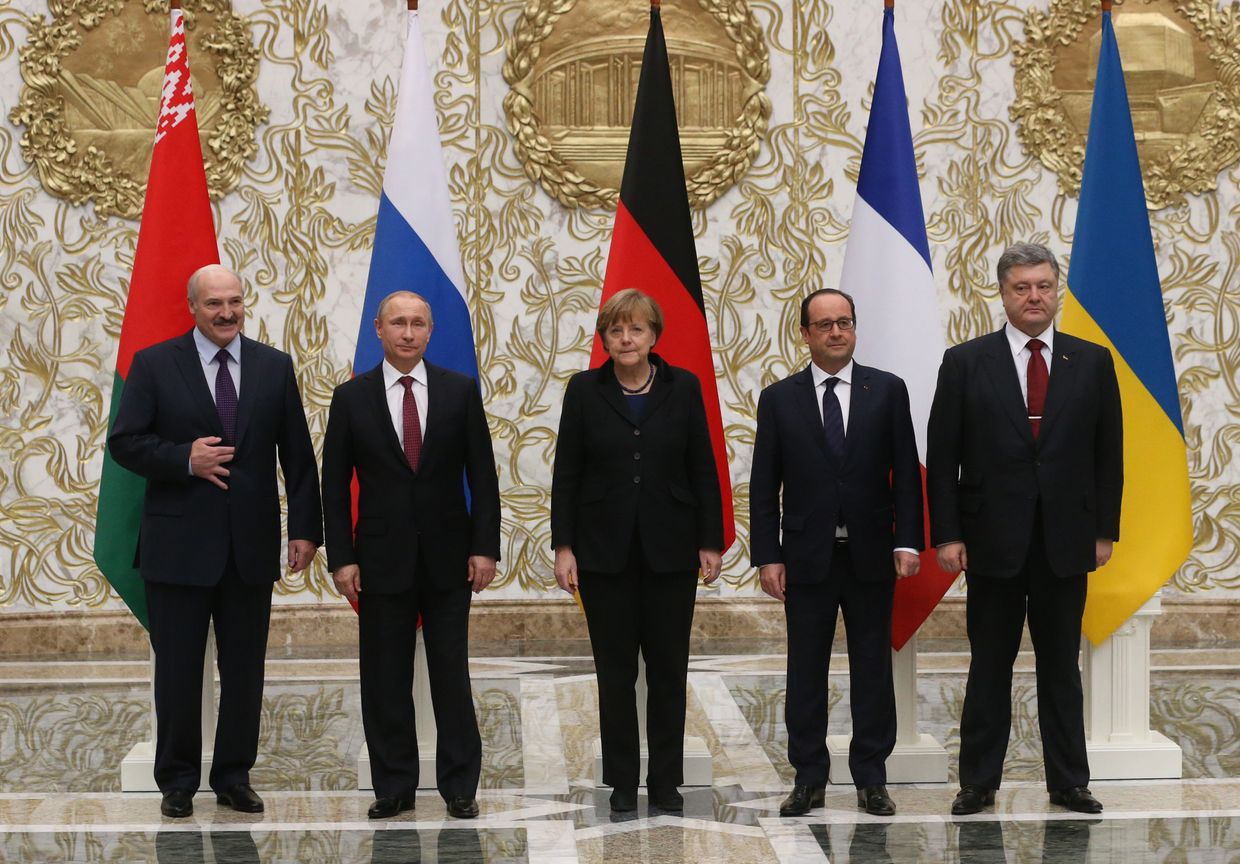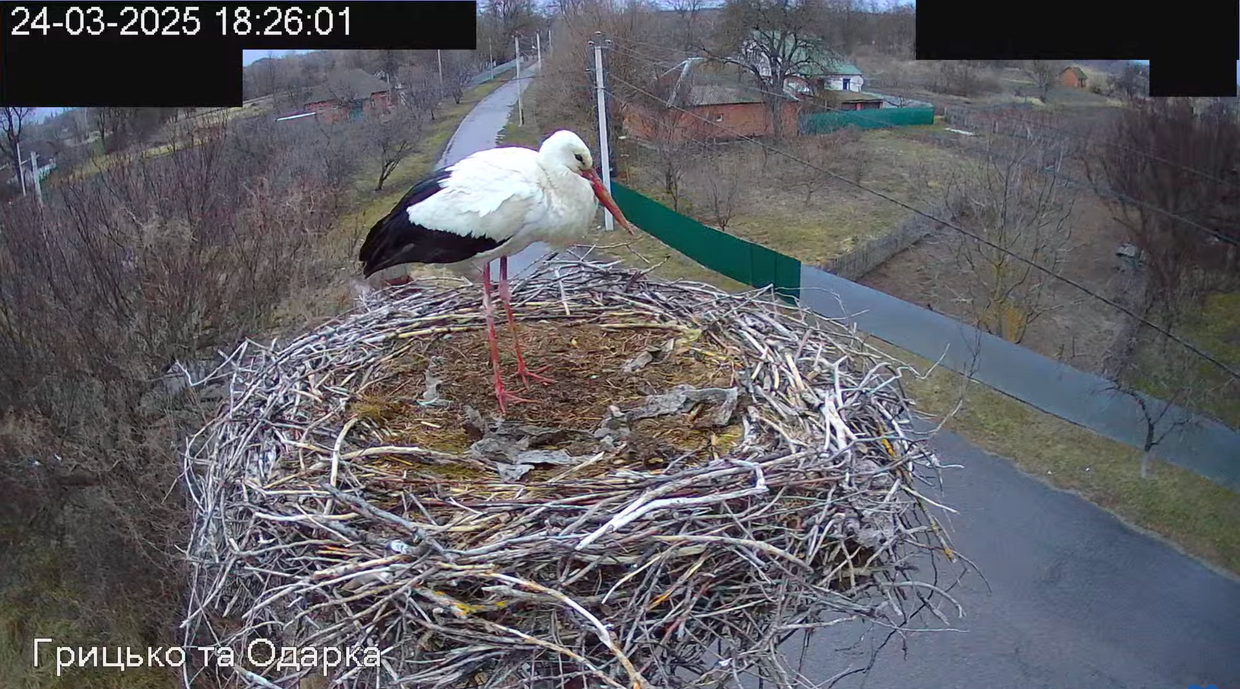Russia’s full-scale invasion of Ukraine is already going down in history as the biggest tank slaughter Europe has seen since World War II.
The Kremlin’s reckless and unsuccessful blitzkrieg on Kyiv resulted in the loss of over 1,000 tanks – within just a few weeks after Feb. 24.
By April, many battlefields in northern Ukraine had become tank cemeteries, with dozens of scorched machines eviscerated by Ukrainian anti-tank squads.
This is a heavy blow for Russia’s offensive component, even given its large military. Contrary to its propaganda, Russia’s infamously large stockpile of Soviet tanks is little more than a pile of scrap metal unfit to be used in battle.
However, we can not expect Russia to run critically low on tanks anytime soon.
Despite heavy losses, Russia still has enough machines to continue waging its war for years.
For Ukraine, this is yet another reason to do everything possible to avoid a protracted, multiyear war for which the Kremlin has many resources.
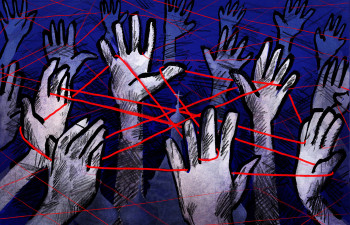
The debacle
Russia’s war against Ukraine has demonstrated that all speculations on the end of the tank era have been somewhat premature.
Main battle tanks continue to serve their typical role: supporting the infantry, spearheading assaults, and exploiting breakthroughs, with mechanized infantry following them.
Driven by necessity, Ukraine’s military has expanded the role of tanks in combat. Due to a lack of field artillery, many Ukrainian crews practice indirect fire on targets out of the tank’s line of sight, howitzer-style.
Meanwhile, Russian forces still rely on tanks as a principal means of concentrated fire support, even during urban warfare.
The ubiquity of relatively inexpensive and handy anti-tank weapons, such as the now-legendary NLAWs, provided to Ukraine by the U.K. and employed by highly-mobile Ukrainian units to ambush Russian convoys, has dramatically challenged the tank’s decisive role, however.
U.S. Joint Chiefs of Staff Chairman Mark A. Milley said in mid-June that the international community had provided Ukraine with 97,000 various anti-tank weapons.
According to Milley, this is “more antitank systems than there are tanks in the world.”
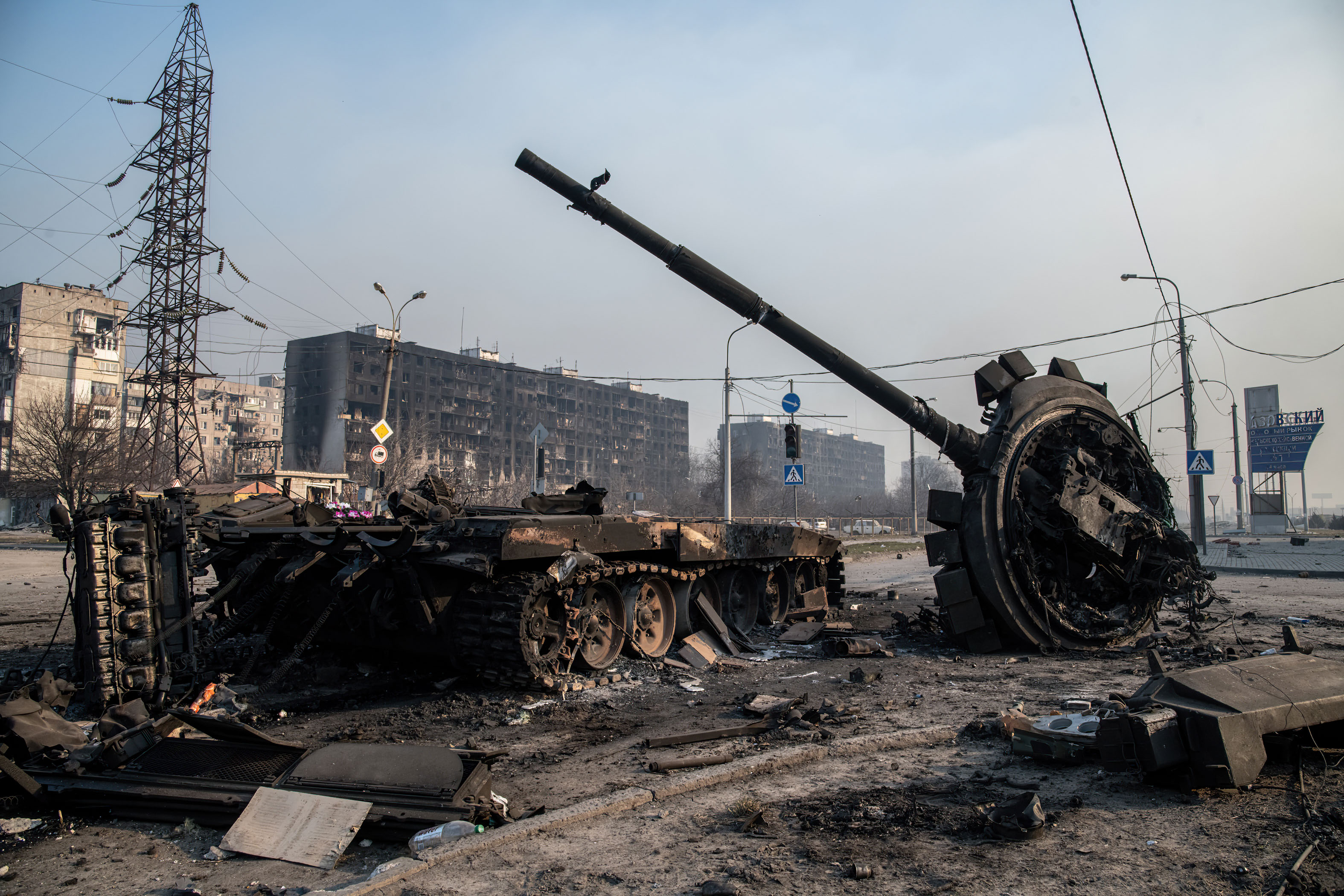
The West’s significant investment in Ukraine’s anti-armor capabilities has resulted in the spectacular failure of Russia’s plans for a swift toppling of Ukraine.
At the beginning of its full-scale invasion in Feb., Russia had around 3,330 operational tanks (2,840 with the ground forces, 330 with its naval infantry, and 160 with its airborne forces), according to the Military Balance 2021 database.
The database includes all tank types currently employed by Russia’s military, notably T-72s, T-80s, and T-90s, and their modifications.
According to Oryx, an online investigative project documenting equipment losses in Russia’s war, Russia has lost at least 994 tanks as of Sept. 1.
However, according to estimates by the Conflict Intelligence Team, an independent Russian online armed conflicts monitor, the Oryx database covers nearly 70% of the total equipment lost in combat by both sides, as it includes only fully-verified losses -- not every single captured or destroyed vehicle is pictured and documented.
Based on these estimates, Russia has lost nearly 1,300 tanks – an impressive 40% of its total operational tank fleet.
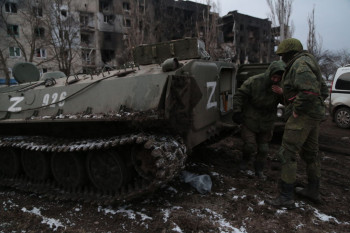
This figure coincides with that provided by CNN in May, citing an unnamed senior U.S. defense official, which reported that Russia has lost “nearly 1,000 tanks” in Ukraine.
Official figures provided by Ukraine’s military are higher. As of Sept. 1, six months into Russia’s full-scale war, Ukraine has reportedly knocked out 1,997 Russian tanks, which is nearly 60% of Russia’s operational tank fleet.
On the other hand, Oryx suggests Ukraine’s military has lost 244 tanks, 125 of which were destroyed in combat, and the rest abandoned or seized by Russian forces.
If Conflict Intelligence Team’s 70% rule is applied, Ukraine has likely lost over 300 of the nearly 800 tanks it had before Feb. 24. But Ukraine also has tanks recently acquired from abroad, especially Poland, or captured from Russia.
Rising from the rust
Even the rough estimate provided by Oryx’s data shows that Russia has sustained a heavy blow in terms of the technological quality of its tank fleet in Ukraine.
Russia has lost a minimum of 220 older T-72B tanks and some 270 of its workhorse T-72B3/M versions modified in the 2010s. The tank death toll includes at least 35 T-80BVM and over 20 T-90A/M tanks, which Ukrainian experts deem the most advanced and resilient Russian tank types.
The estimated total Russian loss of 1,300 machines in Ukraine roughly corresponds to 14 full-fledged armored brigades or 42 battalion tactical groups (BTGs). This amounts to more tank fleets than the U.K., France, Germany, and Italy combined.
However, Russia still has some 2,000 battle-ready tanks at hand, as well as an enormous amount in storage.
The Military Balance 2021 database says Russian storage facilities have around 10,200 tanks, including various T-72s, 3,000 T-80s, and 200 T-90s.
The database’s 2016 publication also indicates that Russia has roughly 2,800 Cold War legacy T-55s (the first tank type to feature a nuclear warfare protection system in the 1950s) in storage, as well as 2,500 T-62s and 2,000 T-64s.
This means that Russia may have around 17,300 tanks produced between the late 1950s and now.
It likely does – on paper.
In reality, nobody – likely not even Russia – knows precisely how many of those estimated thousands can emerge from the mothballs and be made operational again.
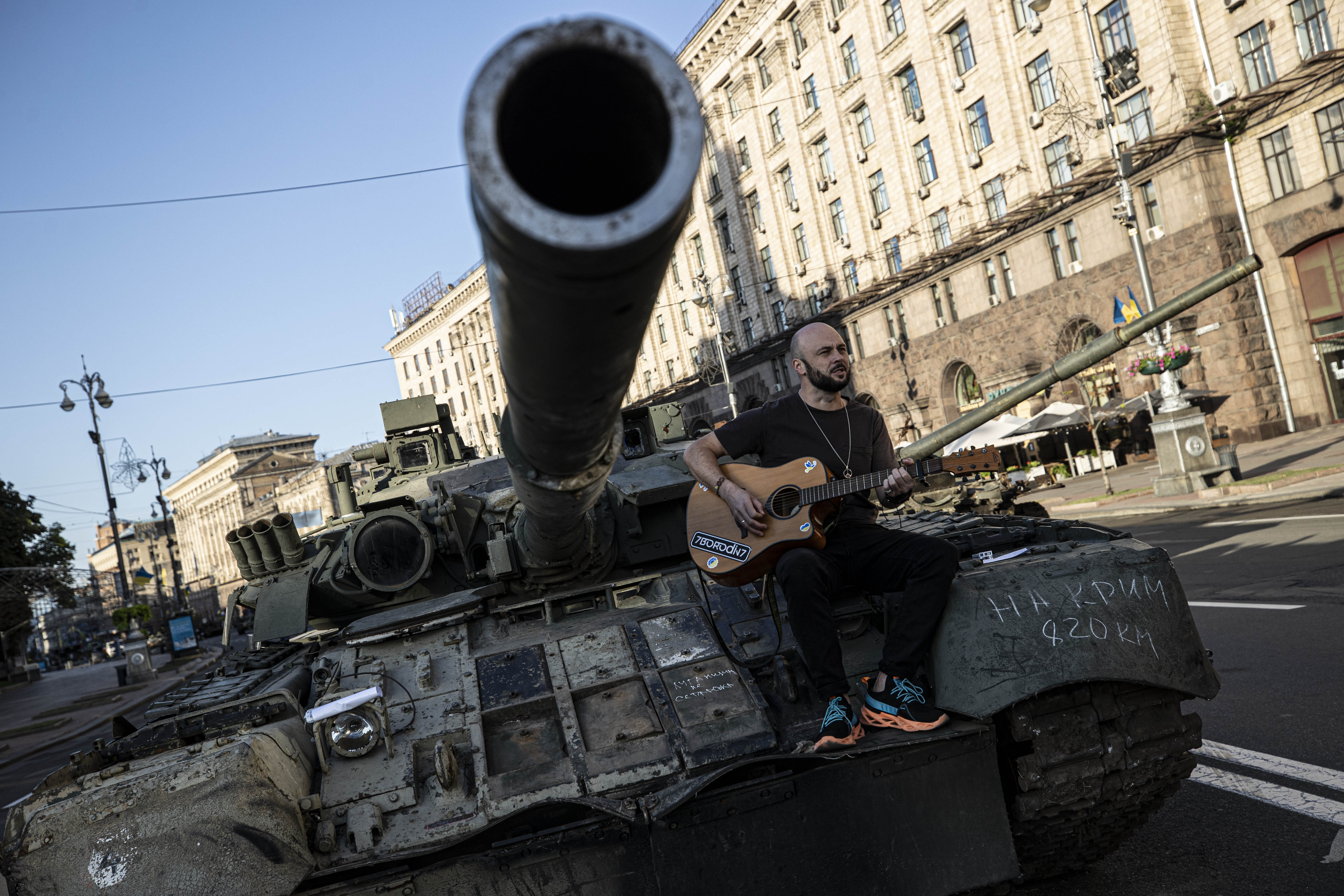
The only way to confirm is to count the tanks sitting at Russian bases.
An analysis of Google Maps satellite images of 19 Russian military storage facilities mainly located east of Russia’s Ural Mountains by the Ukrainian Military Center, a Ukrainian military defense news site, estimates that 2,299 tanks appear unrestorable.
Stored in the open for decades, they are basically heaps of rusty scrap metal ready for nothing but disposal.
Another estimated 1,304 machines are thought to be in a dubious state.
“Those are tanks that can be potentially restored at tank maintenance facilities,” the website wrote on Aug. 22.
“But they would have to be loaded up a train, transported to a certain tank factory, unloaded, taken to a certain workshop, then examined for defects. What happens next is the search for appropriate parts, some of which are out of production or require new production processes.”
“This would take a lot of time,” the report concluded.
Another 2,075 tanks seem recoverable, although some would likely need to be taken to tank factories.
An estimated 886 tanks are effectively stored and are likely to be made fully operational.
Many Russian bases also have hangars, which may store up to around 1,330 tanks -- in unknown conditions and quantities.
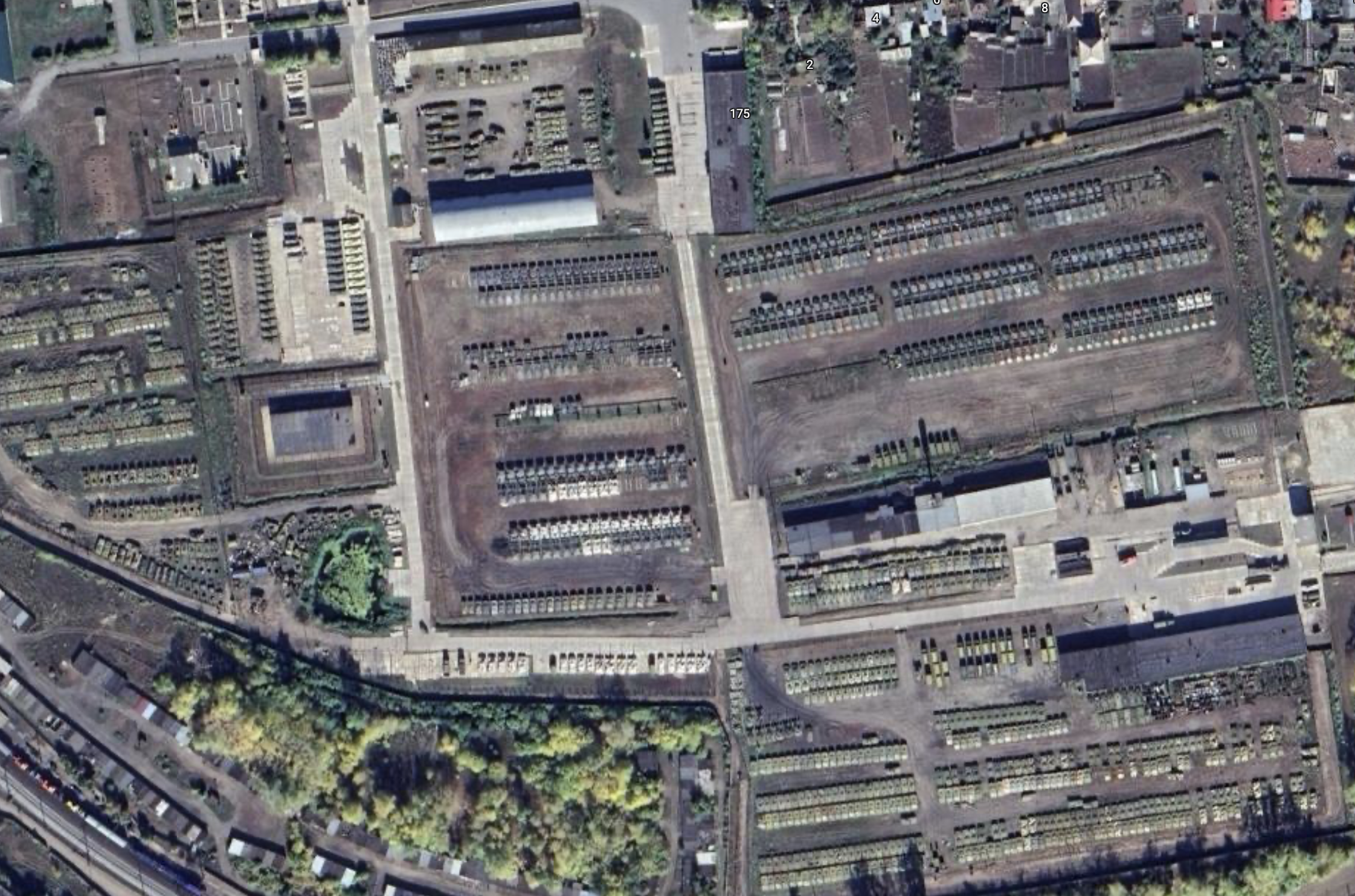
A number of old restored T-62s and T-62Ms have already been seen in Ukraine.
As the Ukrainian Military Center suggests, those T-62s could be in better shape than many stored T-72s or T-80s -- and that is probably the reason why Russia decided to quickly de-mothball them and send them to Ukraine.
Tanks stored in Russia (and Ukraine, too) have been subject to poor conditions, plundering, and cannibalization – when a tank is repaired at the expense of other tanks, from which parts are dismantled.
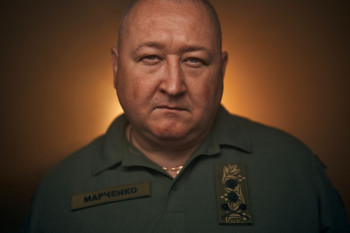
This is especially true when it comes to T-72s, so many of them are likely not in very good shape.
Given ongoing Western sanctions targeting hi-tech components, Russia will likely have difficulties repairing and modernizing its machines. So it is possible that if Russia continues waging a large-scale war in Ukraine we're going to see a lot of older machines, such as early T-72 or T-80 versions.
In all, Russia has at least 2,000 potentially restorable tanks, meaning it will not run out during its war in Ukraine – even if it has to roll back its relics from the early 1960s.
But Russia also has alternative sources: Belarusian dictator Alexander Lukashenko’s regime possesses over 500 modernized T-72 tanks.
__________________________________________________________________________
Note from the author:
Hello! My name is Illia Ponomarenko, the guy who wrote this piece for you.
I hope you found it useful and interesting. I work day and night to bring you quality stories from Ukraine, where Russia is waging the biggest war in Europe since WWII. My little homeland, Donbas, is now the site of the worst fighting. We are helping to keep the world informed about Russian aggression. But I also need help from every one of you — to support Ukrainian wartime journalism by donating to The Kyiv Independent and becoming our patron. Together, we can help bring peace to Ukraine.
